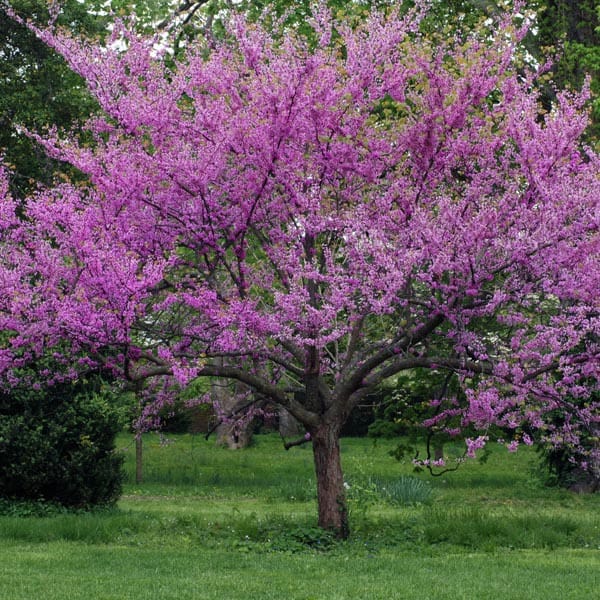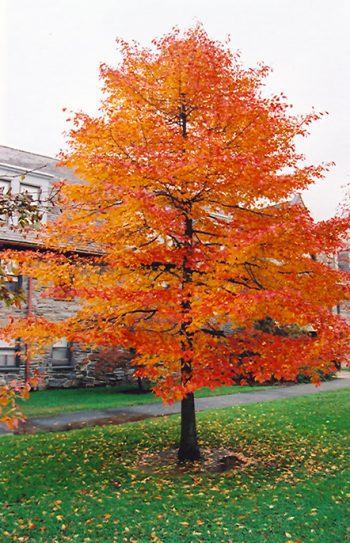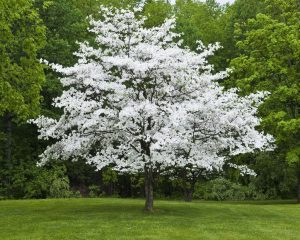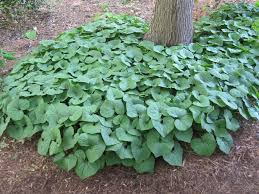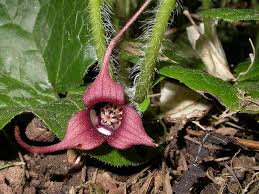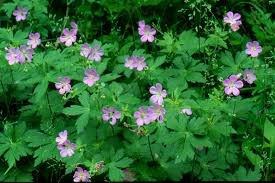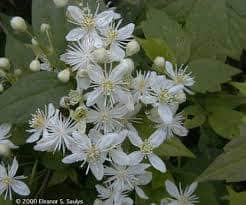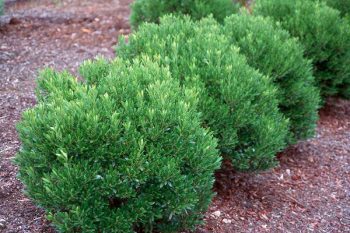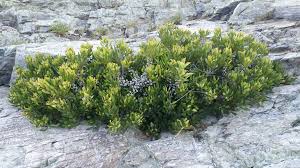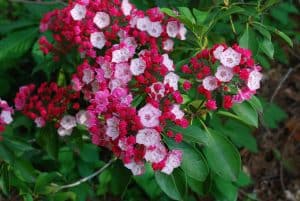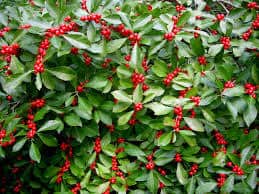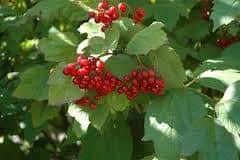It’s National Invasive Species Awareness week! In celebration we are listing the top 4 plants NOT to plant in Maryland and some native plants to plant instead. Some plants exhibit more ‘invasiveness’ than others. The degree of invasiveness changes over time so something might not exhibit invasive behavior now but might in the future. Because of this we have happily planted many things that were low maintenance and grew incredibly with little input from us. But then we realized that these plants were escaping our landscapes and gardens and invading our wild environments.
We see a lot of gardens and landscapes each season and these are the plants we recommend not planting or removing and replanting with more beneficial selections. Invasive species outcompete native plants and do not provide food for native wildlife. While these plants started out as ‘low maintenance’, now that they have escaped they require a lot of time, energy, money and pollution to maintain. Many invasives can only be managed chemically on a large scale. Lets work together to make wiser selections that will support our local habitat.
Prunus Bradford or Callory Pear
If you look along the roadsides in the spring when this tree is in bloom you can see just how invasive it is! Bradford pear was planted a lot in the 70s-90s as the perfect street tree because it grew fast and had a nice lollipop shape to it. We thought it was sterile when it was introduced but it turns out that it cross pollinates with other pears quite well. Its progeny also revert back to the parent plant, the original Callery pear. Which means the new trees that grow (that come from the Bradford pears planted in landscapes) form very thorny, dense patches where they outcompete our native and beneficial trees like hickory, oak, maple and more. Bradford pear is also known to be pretty weak- often losing limbs and easily damaged after about 15-20 years, making it a high maintenance tree. Wouldn’t you rather have a more steady tree that will thrive well past 20 years and feed local wildlife (which Bradford pear does not). A nice tree to plant in its place is a Black Gum tree- Nyssia sylvatica. It’ll tolerate poor drainage and turns a beautiful orangey red in the fall. You could also plant a Redbud (Cercis canadensis– pictured above) or Dogwood tree (Cornus florida). These are two understory trees that will get up to 30ft but not a lot larger. They have beautiful spring blooms, are native and are beneficial to wildlife.
Hedera- English ivy
I think everyone is pretty aware of the downfalls of English ivy by now. I am surprised to still see it for sale at local nurseries. It is a rapidly established ground cover but then it starts to cover everything else. If you want a truly low maintenance landscape then I would not utilize English ivy. We’re had several customers call us to dig it out over the years and have even developed our own ‘rolling and cutting’ method to get it out. English ivy will kill of the plants you want to grow in your yard if you don’t keep it off them. It will also destroy your house so keep it from growing onto it by cutting it back to the ground and maintaining a 1 ft open space between your house and the ivy.
If you like vines and you grew ivy for the vineyness then you can plant the native clematis, Virgin’s bower (it can actually grow a little bit invasively too, even though its native) which has a sweet smell in the fall and will tolerate some shade. You could also grow the native Wisteria frutescens (make sure its the native variety because there is an invasive species) or a Campsis radicans, or trumpet vine, which the hummingbirds and other pollinators LOVE. If you planted ivy for its groundcover usefulness then you could plant Tiarella cordifolia, Geranium macualtum, Asarum canadense or Heuchera americana instead. Some gardeners notes- make sure to trim the campsis regularly- its a strong grower. The other perennials mentioned will do well in shade, tolerate some part sun and will tolerate moist soil but not soggy soil. They’ll form a nice groundcover and can be planted next to ferns and shade grasses for a nice difference in textures, heights and colors.
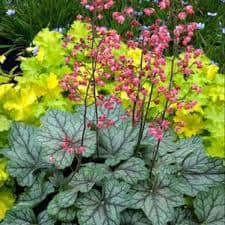
Heuchera or coral bells. A great native perennial groundcover to replace English ivy, tolerates shade and deer and is low maintenance.

Wisteria is a great replacement for the invasive English ivy. Make sure you have the native selection.
Berberis thunbergii- Barberry
I see why people plant Barberry- its deer proof, will tolerate shade and will add color to the landscape in the winter. The problem is that its been shown scientifically to increase the perfect habitat for deer tick. I’ve had Lyme disease several times, the last of which changed me forever. Boo to the barberry. If you are making new planting choices please select something like bayberry, inkberry or mountain laurel. All of which are ‘deer resistant’ and will offer winter interest. Inkberry holly (Ilex glabra) and mountain laurel (Kalmia latifolia) will tolerate some shade. Bayberry (Myrica pensylvanica) likes sun and well drained soil. Its quite drought tolerant and will provide winter interest and berries for wildlife.
Nandina domestica- Heavenly Bamboo
In my early days of gardening I used to see so many more seedlings coming from nandina. I haven’t seen it spread as badly as it used too but it is invasive and it invasiveness changes over time. Starting this winter nurseries in Maryland have to put up signage by nandina, letting potential purchasers know about the invasiveness of nandina. I understand that it is a great deer proof shade shrub that offers some color in the winter but your property and the wildlife it supports are better off with something like a cranberry vibrunum (Viburnum trilobum) or winterberry (Ilex verticillata). These native varieties both create habitat and feed wildlife and do not behave invasively. You’ll need a male version of each plant to get the females to set fruit. An established winterberry shrub or cranberry viburnum are a gorgeous site to behold in the winter. I always enjoy seeing them covered in snow and watching the birds work them for berries.
We sell native plants at our nursery in Glenwood, MD– come check us out! You can also purchase plants online and come pick them up or have them delivered.

